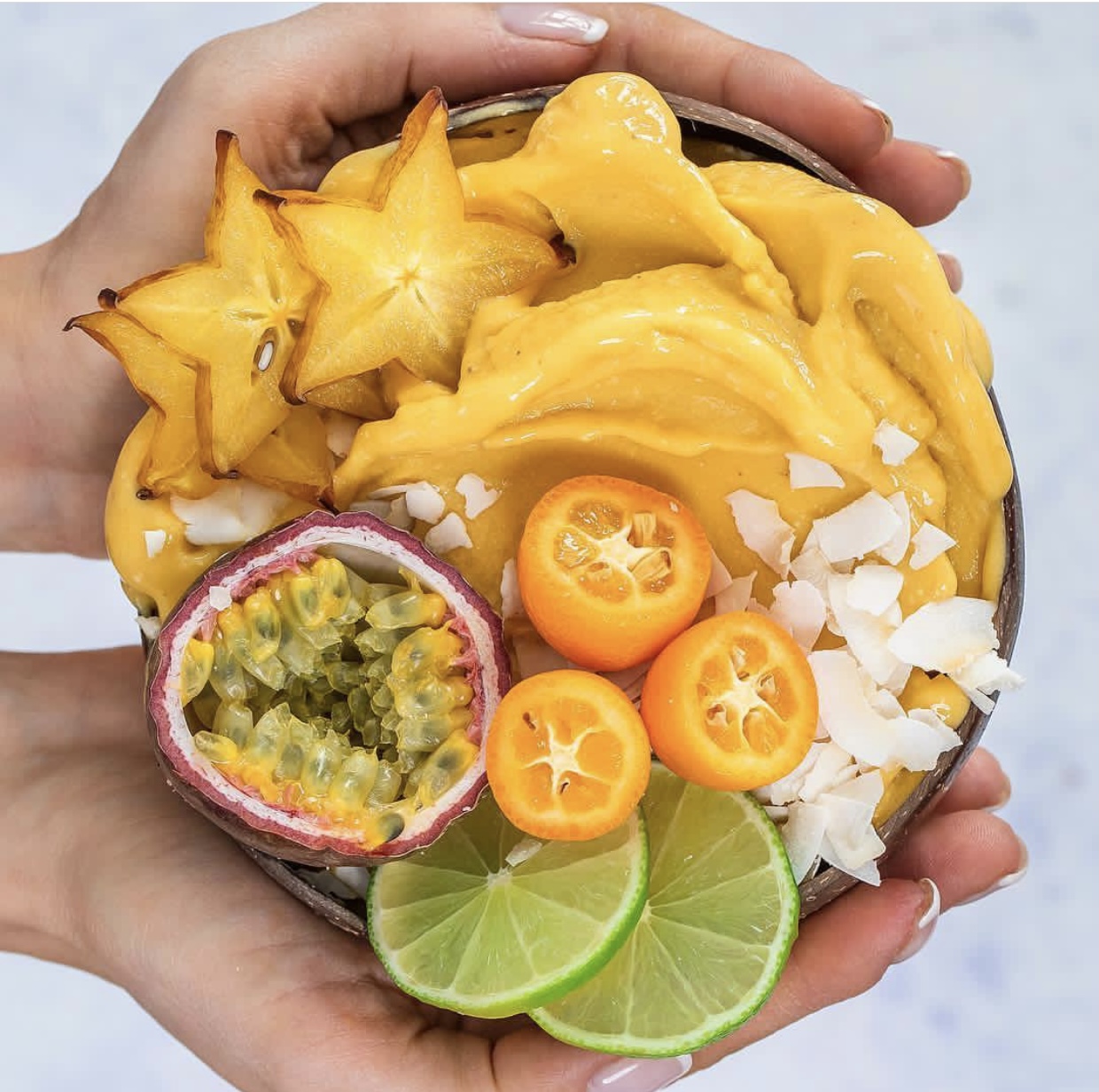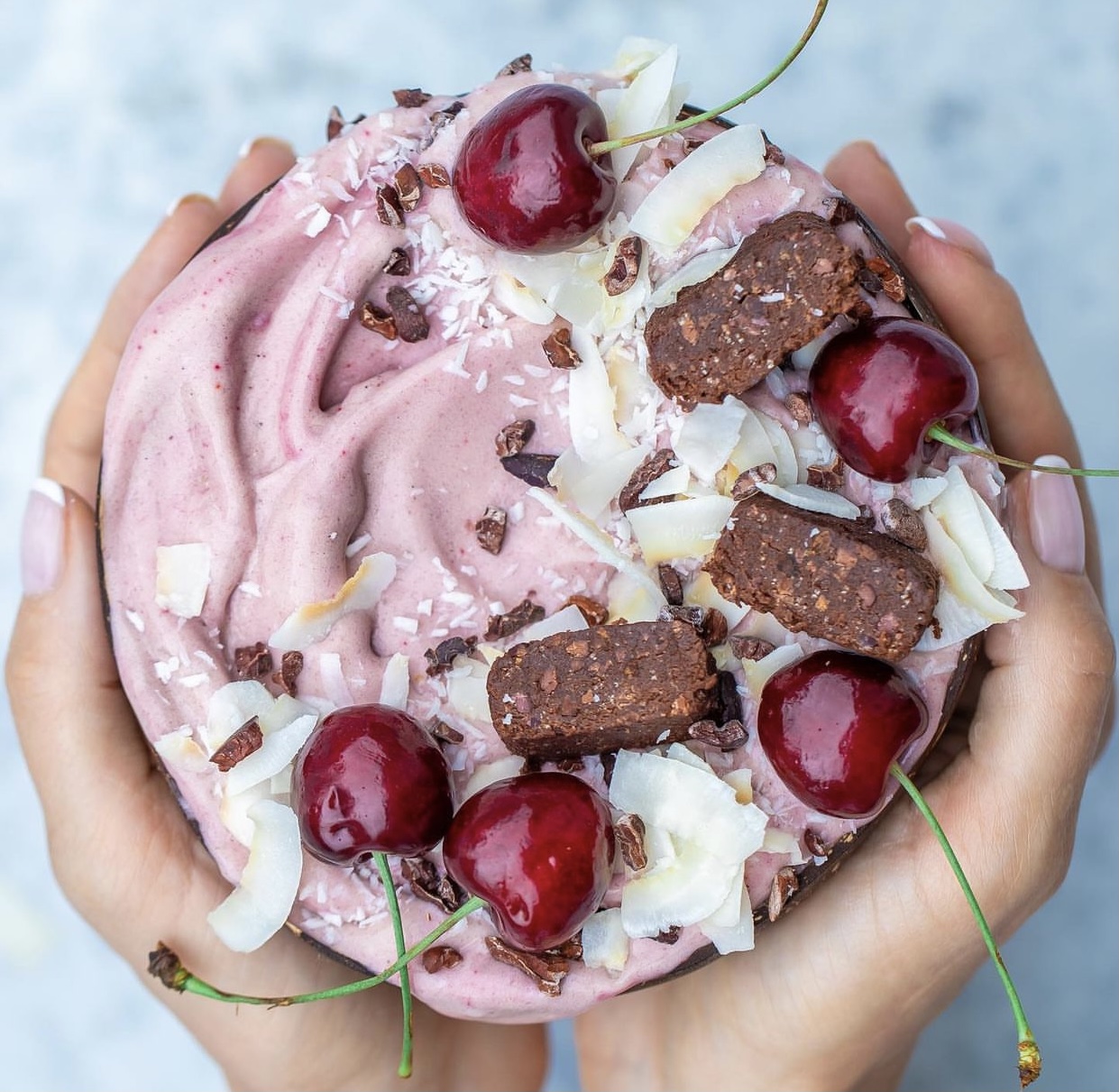We live in a world that is obsessed with weight and body size. There are thousands of diets, diet foods, and diet programs all proclaiming their ability to help you lose weight, and yet the statistics show that for many of us, the number on the scale is going up. Researchers and other experts agree that the long-term success rate for diets is dismal, with many people gaining the original weight back and often even more. And, this weight cycling is inextricably linked to adverse physical health and psychological well-being.
When we have been taught to distrust and dislike our bodies, we can become susceptible to other harmful patterns of attitude and behavior.
While many people equate attaining a certain size with health (and happiness), that is an inaccurate evaluation. Despite persistent bias against higher weight within research and medicine, current studies show that weight shaming and yo-yo dieting are more damaging to a person’s health than their body weight. What if your problem was not your weight, but your relationship to your weight and your body?
Attitudes to Shift for a Healthy Relationship with Your Body
When we have been taught to distrust and dislike our bodies, we can become susceptible to other harmful patterns of attitude and behavior. Here are a few of them:
1. Dieting. You will try and try again, but it is clear from the research that weight-loss dieting doesn’t work. The issue is not that you haven’t tried the “right” diet, or that you were not disciplined enough. It is that all diets are designed to fail. When your diet is unsustainable over the long-term, you will, sooner or later, go back to the way you were eating to begin with. Employing willpower to continually deprive yourself has serious limitations, and it will get depleted from overuse.
2. Rebellion. The restriction that you experience while dieting leads to overeating and binging. Anytime you restrict, you set up the desire to eat. Not only does your body require nourishment, the food that you prohibit will look even more tempting. When you constantly tell yourself, Don’t eat that, you will eventually rebel. When you rebel, you will throw the rules out the window and eat whatever you want and a lot of it. You can’t tell me what to do is a common phrase you might hear in your head: I’m going to eat whatever I want. Watch me! This sounds a little like a two-year-old and makes you feel like one. You end up feeling overly full and maybe even sick as a result.
3. Negative self-talk. When your sense of worth is tied to a number on a scale, you are constantly telling yourself that you are not enough unless you are at the pre-determined magic number. From my personal experience, when I reached the magic number that I was working toward, I was only happy for one second—and my next thought was, You should weigh less than that. Thankfully, I had been practicing mindfulness for some time and saw what was happening. It was a true “aha” moment for me. The inner critic that says I’m not enough will follow you no matter what the scale says. For me, the right choice was to throw the scale out, and I’ve never looked back.
4. Lack of self-love. All this dieting, rebellion, and negative self-talk end up with you having a definite love deficit. It is not your fault. We are conditioned this way by our culture, movies, TV, social media, advertising, and more. If you were to realize that you’re deserving of love and compassion just as you are, you wouldn’t buy things to make you feel better. Much of consumer culture depends on you not feeling good about yourself.
5. Resignation. In the end, you just feel like giving up, and you do. You resign yourself to the way you feel (not good) because you couldn’t succeed at the last diet you tried. Of course, it’s not too long before the next bright and shiny diet shows up and you’re right back at #1. Back to this endless cycle of dieting-binging-giving up.
5 Mindful Ways to Love Your Body
Now for the good news. Instead of focusing on the number on a scale, a more self-compassionate and nourishing attitude toward your body and food can be found through daily mindfulness practices. This will look a little different for every person, and you can experiment to find out what helps your body—and mind—feel their best. Broadly speaking, a mindful approach to your body includes the following:
Instead of focusing on the number on a scale, a more self-compassionate and nourishing attitude toward your body and food can be found through daily mindfulness practices.
1. Explore mindful eating. The antidote to dieting is mindful eating. Mindful eating is not concerned with the number on a scale. It is a kind and curious way of eating that guides you to listen to the body for what, when, how, and why to eat. Mindful eating teaches you to pay attention to your body before, during, and after you eat so that you enjoy all aspects of eating and savoring.
Try It: The BASICS of Mindful Eating guided practice will teach you to breathe and belly check for hunger before you eat, assess your food, slow down, investigate your hunger throughout the meal, chew thoroughly, and savor your food. Use it while you eat a meal or a snack, and discover something new every time you eat.
2. Express gratitude. One of the easiest things you can do is to start a practice of being grateful for your body and what it does for you every day. This entails moving from an ornamental view to an instrumental view of your body. In other words, moving from a focus on “body form or attractiveness” to “body function.” This shift to a focus on what the body does for you is associated with a more positive evaluation of your body.
Try It: Each morning when you wake up, start by saying thank you to various parts of your body: your heart, lungs, stomach, legs, arms, eyes, ears. I especially like to thank my body for breathing. This one thing that happens every moment without my needing to be involved, keeps me alive. Taking a moment to pause and give thanks for the miraculous functions of the body can begin to shift you into a different mindset.
3. Respond to your body’s needs. Many people don’t pay attention to what their body needs until it breaks down. Instead, what if you were to listen and respond to your body throughout the day? Your body is constantly giving you signs that indicate its needs for food, water, rest, sleep, movement, connection, creativity, love, and so much more. How well do you respond to your body when it tells you it wants food or doesn’t want more food? When you partner with your body by responding to its needs, you will feel your body coming alive with more energy and vitality.
When you partner with your body by responding to its needs, you will feel your body coming alive with more energy and vitality.
Try It: Take a short body break every hour and listen to what the body is saying. Respond as best you can to these little signals and begin a better friendship with your body.
4. Engage in compassionate self-talk. Do you respond better to criticism, or compassion and understanding? When we are criticized, people tend to shut down and even engage in destructive behavior. However, when we have been understood and appreciated, our positive mood can help us engage in constructive behavior, which allows us to flourish. For instance, if you eat more than you wish you had, instead of beating yourself up, you can tell yourself, “That’s OK. You will feel better soon. Maybe next time just have one cookie instead of three.”
Try It: The next time you notice yourself judging your behavior around food or your body, shift the conversation to one that is compassionate and kind. It can be helpful to think about what you would say to your best friend in a similar situation.
5. Be your own best friend. Besides talking to yourself in a kind and compassionate way, there are many other ways of befriending your body. Instead of always thinking that you need to have someone else around for a loving friendship, you can be your own best friend by engaging in activities that bring you and your body energy and ease. The body needs both active and restful activities to be at its best.
Try It: Plan activities that would improve your relationship with your body. Some examples include taking yourself on a walk around the neighborhood, playing some music and dancing, lighting a candle and meditating for a few minutes, or doing a few yoga poses. Lastly, look at yourself in the mirror and say something like, “Hello, dear friend.” Smile at who you see and celebrate this moment of being alive. Stay here for at least 20 seconds and let your heart open to this growing appreciation of your body. You might even create a self-care plan that gives you exactly what you need to stay resilient during life’s ups and downs.
Taking a mindful approach to your body is a journey. As in most journeys, there will be detours and bumps on the road. Don’t be discouraged as you work on shifting the narrative about your body from one of dislike to appreciation. We have been conditioned to believe the worst things about our body, and it is an act of courage and confidence to step into our body each day with joy and happiness.
For premium Slay Fitness artisan supplements CLICK HERE
By Mindful






